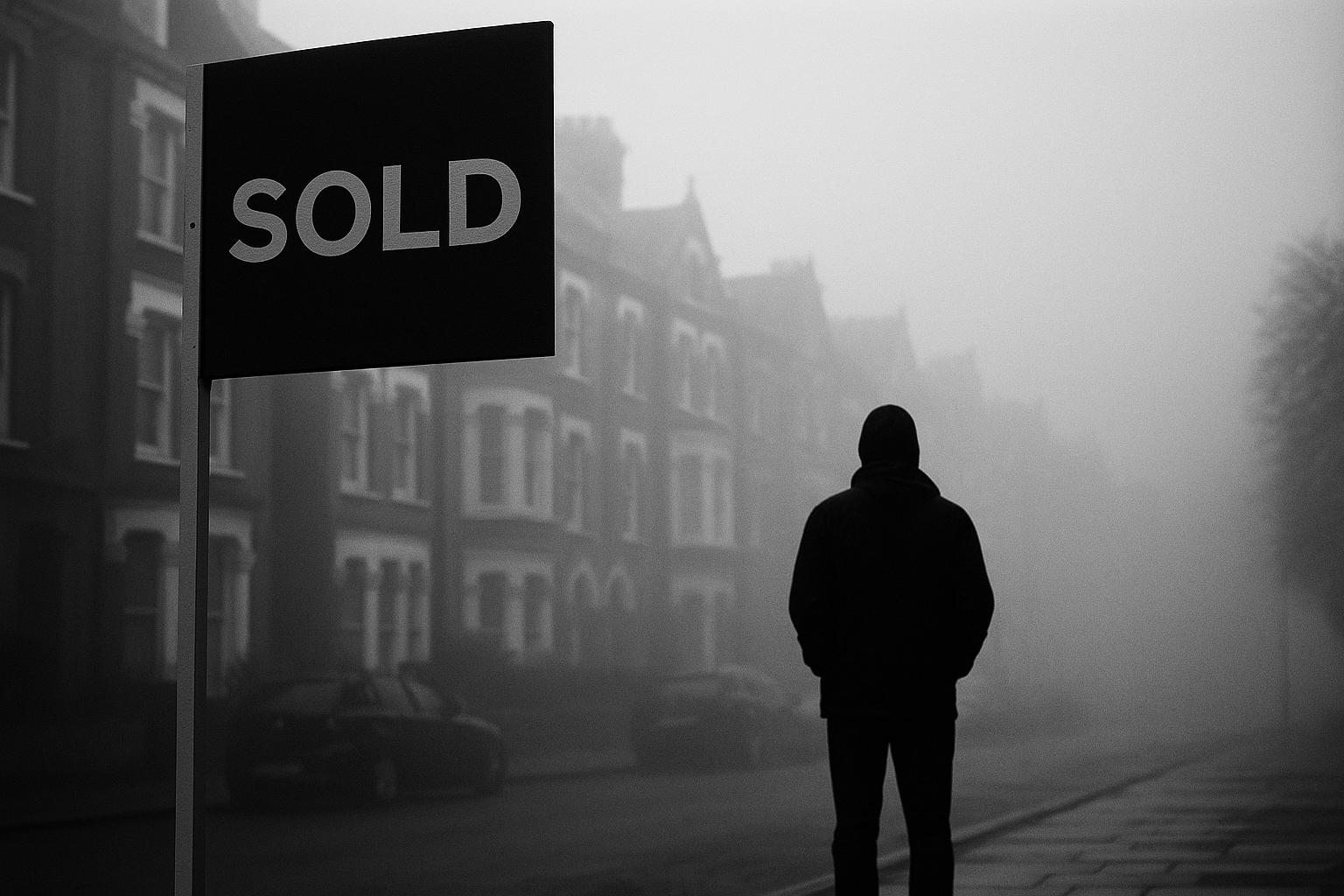Industry insiders have suggested that developers behind proposed residential schemes in London may see the affordable housing quota required to fast-track their projects lowered from the current 35 per cent target. Proponents argue that reducing this figure could ease financial obstacles for new housing developments and assist the government in achieving its home-building ambitions. However, architects and campaign groups warn that such a modest policy adjustment will not fix what many consider a fundamentally broken housing system.
Olga McMurdo, founder of Most Architecture, criticised small-scale policy tweaks, stating that minor quota reductions fail to address the deeper crisis caused by underfunding and overregulation. She called for long-term government investment in council housing and empowerment of small builders, comparing the current environment unfavourably to post-war Britain, when housing delivery relied on a blend of council housing, small builders, and large developers. Campaign group Architects’ Action for Affordable Housing (AA4AH) echoed these sentiments, labelling the current model unsustainable due to its reliance on taxing the private sector development-by-development, which they say slows delivery and conflicts with affordability goals.
Some architects concede that lowering the quota may be a necessary, if imperfect, response to economic realities. David Birkbeck, chief executive of Design for Homes, noted that affordable housing requirements in London have shifted over the years in response to market pressures, with previous targets reaching as high as 50 per cent before being reduced. He acknowledged that accepting a lower proportion might be the only lever left to maintain some level of housing delivery amid rising costs and falling values. Similarly, Chris Darling of Darling Associates argued that reducing affordable housing quotas could help increase supply and stabilise prices, ultimately meeting demand-supply dynamics more effectively.
The history of London’s affordable housing policies reflects ongoing challenges. Since the introduction of Section 106 agreements in the 1980s and 1990s, targets have fluctuated. The London Plan under Ken Livingstone set formal thresholds, but later mayors like Boris Johnson and Sadiq Khan introduced more flexible approaches, including viability testing and the Fast Track Route to incentivise compliance. Recent policy variations include the Accelerated Funding Route adjustment in 2024, allowing developers to avoid viability assessments in some cases, provided schemes meet minimum size thresholds.
Yet, the acute affordability crisis persists. Recent data reveals a steep decline in affordable housing starts in London, with only 2,358 homes funded by City Hall in 2023–24—the lowest since Sadiq Khan took office. Furthermore, the Affordable Homes Programme target was cut by 22 per cent in May 2025, reducing expected starts from up to 27,100 down to between 17,800 and 19,000. The government attributed this to high construction costs and economic challenges impacting delivery. These adjustments follow revelations that affordable home starts hit near-record lows in previous years, highlighting the struggle to meet London’s vast housing needs.
Housing campaigners and local authorities stress that vocational fixes to quotas will not suffice without systemic reform. London Councils have advocated for devolving the Right to Buy scheme to local authorities to better tailor housing policies to community needs and protect social housing stock, which has diminished by 45 per cent since 1980. Additionally, a report by the Resolution Foundation emphasises the sharp rise in households living in temporary accommodation—now well over 70,000 in London—underscoring the severe shortage of affordable homes and the urgency for increased supply.
James Felstead, director at residential architects Child Graddon Lewis, summarised the dilemma: the existing delivery model is no longer fit for purpose, and while reducing affordable housing requirements might ease viability pressures in the short term, broader sacrifices or reforms will be necessary if housing targets are to be met. With speculation of a reduced quota possibly falling to between 10-15 per cent to replace the current 35 per cent, London’s housing crisis highlights the tension between economic realities and the urgent need to build more affordable homes amid escalating demand.
📌 Reference Map:
- Paragraph 1 – [1]
- Paragraph 2 – [1], [6]
- Paragraph 3 – [1]
- Paragraph 4 – [1]
- Paragraph 5 – [1], [4], [2], [3], [5]
- Paragraph 6 – [1], [6], [7]
- Paragraph 7 – [1]
Source: Noah Wire Services
